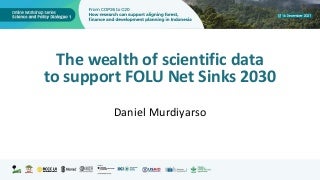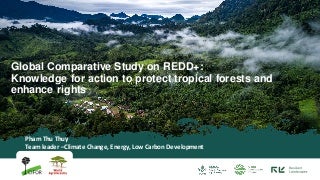Although REDD+ is primarily a mechanism for reducing carbon emissions from forests, concerns regarding social benefits, wellbeing and gender are increasingly part of its mandate. This is consistent with the Paris Declaration as well as SDG 5 on gender equality and womens empowerment. Critics have argued, however, that REDD+ design, both in policy and projects, does not take gender into account effectively, rather marginalizing women from decision making processes and exacerbating inequalities. Most of that research has been site specific or on single countries. This article uses data from a longitudinal study of subnational REDD+ initiatives in six countries to analyze their gendered impact on perceived wellbeing. Comparative research on subjective wellbeing was conducted at 62 villages participating in 16 REDD+ initiatives and 61 control villages at two periods in time, using a before-after-control-intervention (BACI) design. Focus groups with villagers (68% male) and women (100% female) permit a gendered comparison of definitions of wellbeing and outcomes of initiatives. The results highlight that while definitions of wellbeing overlapped between the two groups, almost half of the womens focus groups thought that having their own source of income was important. Outcomes regarding wellbeing change suggest that perceived wellbeing decreased in REDD+ villages both for villagers as a whole and for women, relative to control villages, but the decrease was much worse for women a decrease that is significantly associated with living in a REDD+ village. These declines may be due to unrealized expectations for REDD+, combined with little attention to gender in REDD+ initiatives, in spite of an important portion (46%) of specific interventions that women view positively. These interventions provide insights into potential ways forward. Overall, however, REDD+ initiatives appear to be repeating past mistakes, with insufficient attention to gender equality and safeguarding womens rights. More effort needs to be paid to ensuring that gender is an integral part of future initiatives to combat climate change in rural communities.











